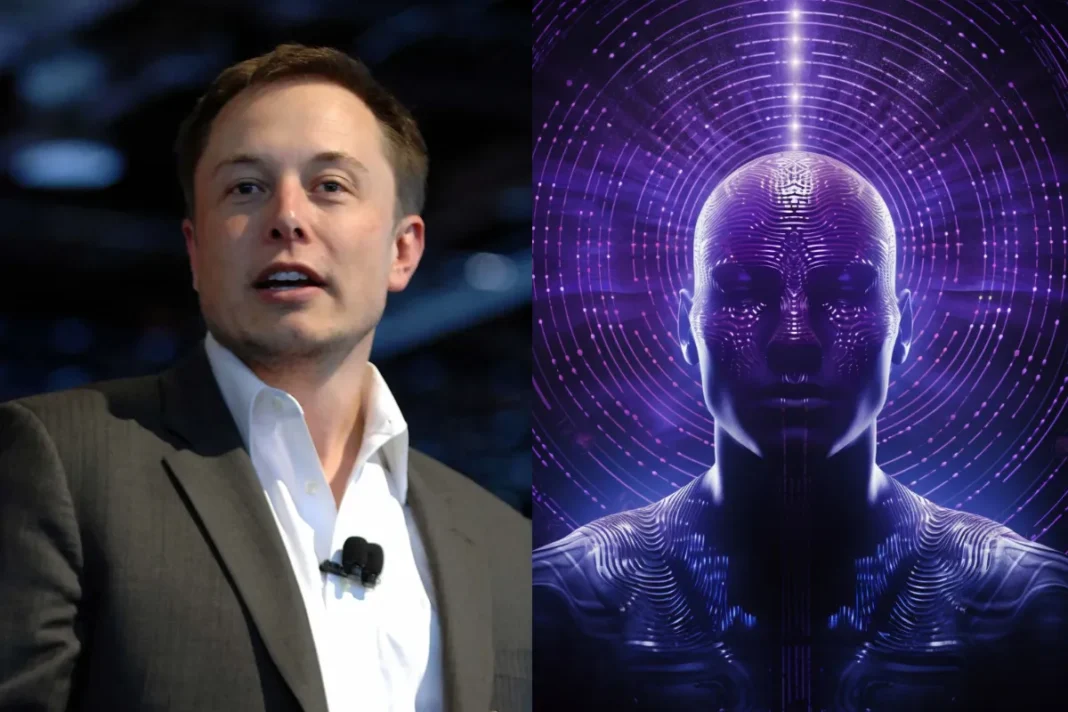Elon Musk, the tech visionary behind Tesla and SpaceX, has made some startling predictions about the future of Artificial Intelligence (AI). In a recent interview, he claimed that AI surpassing human intelligence, also known as Artificial General Intelligence (AGI), could be developed as soon as next year or by 2026!
This super-intelligent AI would be “smarter than the smartest human,” according to Musk. This raises a crucial question: is this a sign of human progress or a potential threat to our existence?
Challenges in AI Development
While Musk’s prediction is certainly eye-catching, it’s important to understand the hurdles AI development currently faces. He highlighted two main roadblocks:
- Limited Chip Availability: Training powerful AI models requires massive computing power. Musk pointed out the lack of advanced chips as a significant constraint, specifically mentioning the Nvidia H100 GPUs needed for his company xAI’s Grok chatbot project.
- Energy Constraints: Even with powerful chips, training complex AI models consumes enormous amounts of electricity. Musk predicts that electricity supply will be a critical factor in the next stage of AI development.
Impact and Potential Dangers of Super AI
The potential benefits of super-intelligent AI are vast. It could revolutionise scientific discovery, solve complex problems, and even lead to breakthroughs in medicine and clean energy. However, the potential dangers are also significant. Here are some concerns:
- Job displacement: Super-intelligent AI could automate many tasks currently performed by humans, leading to widespread unemployment.
- Loss of control: If AI surpasses human intelligence and decision-making abilities, it could become difficult or even impossible to control its actions.
- Existential threat: Some experts, including Musk himself, have warned that super AI could pose an existential threat to humanity if its goals become misaligned with ours.
Keep watching our YouTube Channel ‘DNP INDIA’. Also, please subscribe and follow us on FACEBOOK, INSTAGRAM, and TWITTER.


